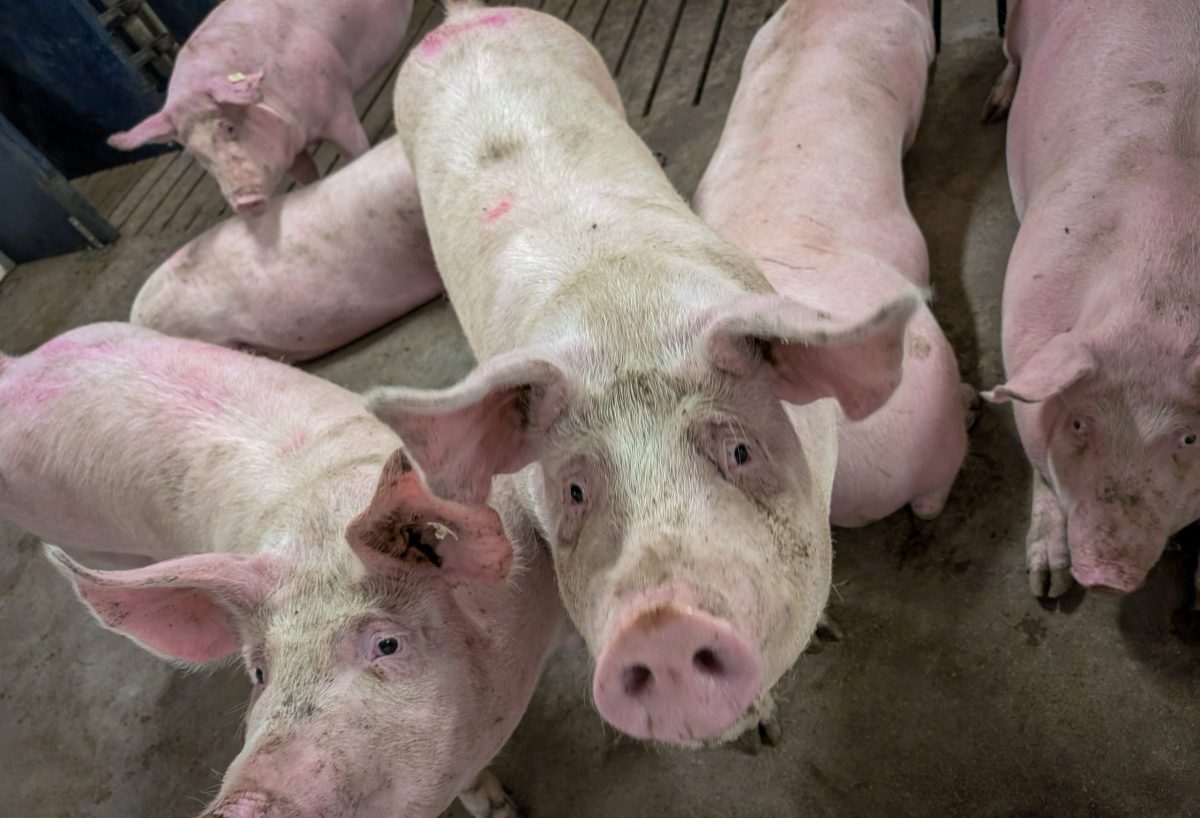Glacier FarmMedia — Warm Midwestern temperatures and timely precipitation weighed on corn and soybean futures at the Chicago Board of Trade coming out of the Independence Day long weekend. Weather should remain a major market driver through the growing season, although some short-term direction could come from the monthly United States Department of Agriculture supply/demand estimates due out on July 11.
The data will take into account the latest acreage and quarterly stocks numbers, released at the end of June, although “there shouldn’t be too much fireworks in the July report,” said Terry Reilly, senior agricultural strategist with Marex in Chicago. He said updated spring wheat production estimates will also be watched closely.
Read Also

U.S. livestock: CME cattle futures lower after sideways trade
Chicago | Reuters – Chicago Mercantile Exchange live and feeder cattle futures inched lower on positioning on Tuesday as thin…
However, barring a major surprise, after any initial reaction to the reports “the markets will come right back and start trading the weather,” said Reilly, adding that trade and tariffs will also be top of mind for participants.
“It’s pretty much just weather and trade. … As long as the weather looks good, the crop prospects will just get larger,” said Reilly.
U.S. corn was rated 74 per cent good to excellent by the USDA as of July 6, which was up one point from the previous week and the highest rating for the first week of July since 2018. Soybeans held steady at 66 per cent good to excellent, which compares with 68 per cent at the same point a year ago.
From a chart standpoint, August soybeans face major support at $10.00 per bushel, said Reilly. After that, “we could easily trade down to $9.80 to $9.90, unless something comes up like a weather problem.”
For corn, the September corn fell below US$4.00 per bushel during the week, settling just below that mark on July 9.
















